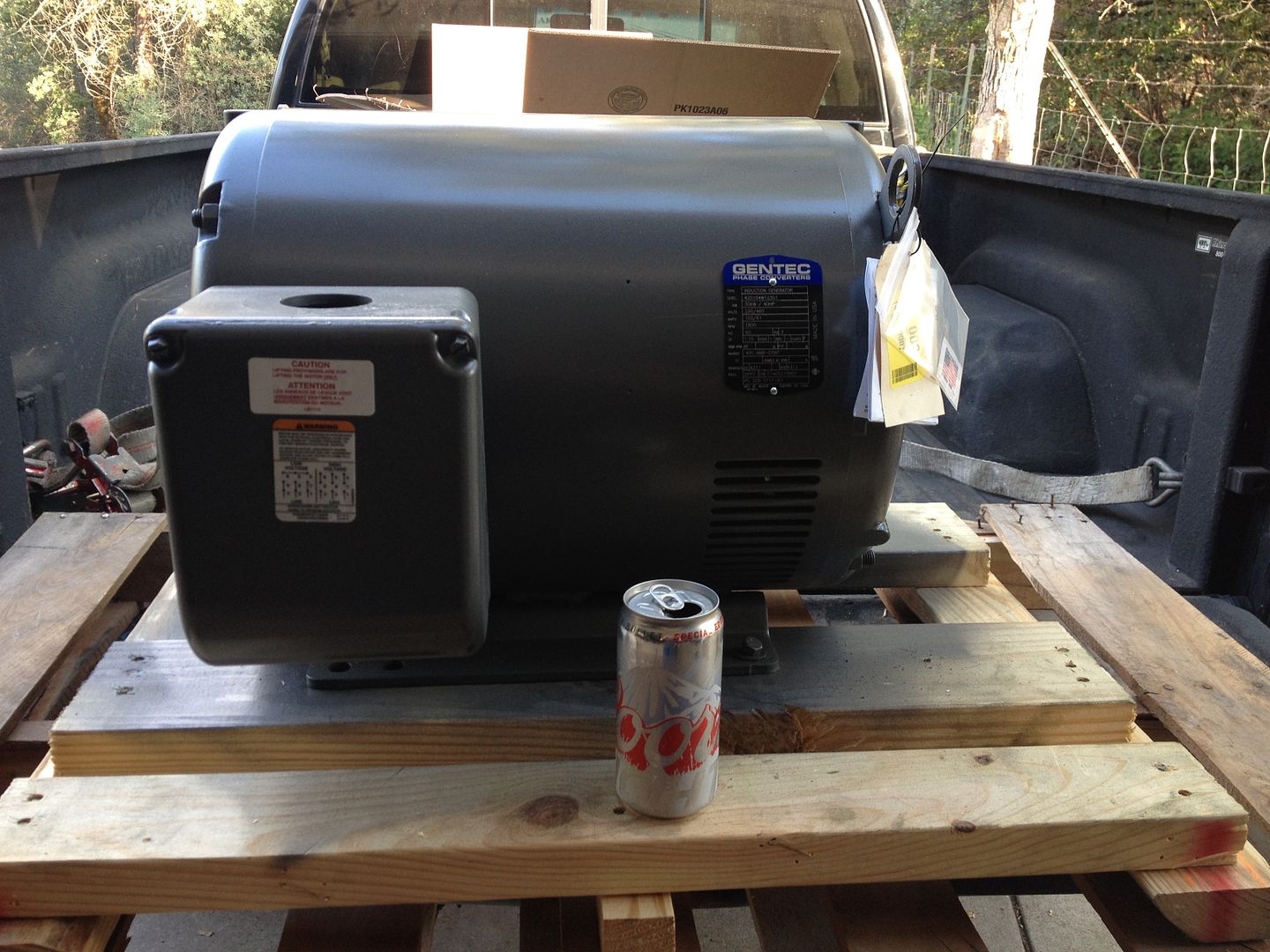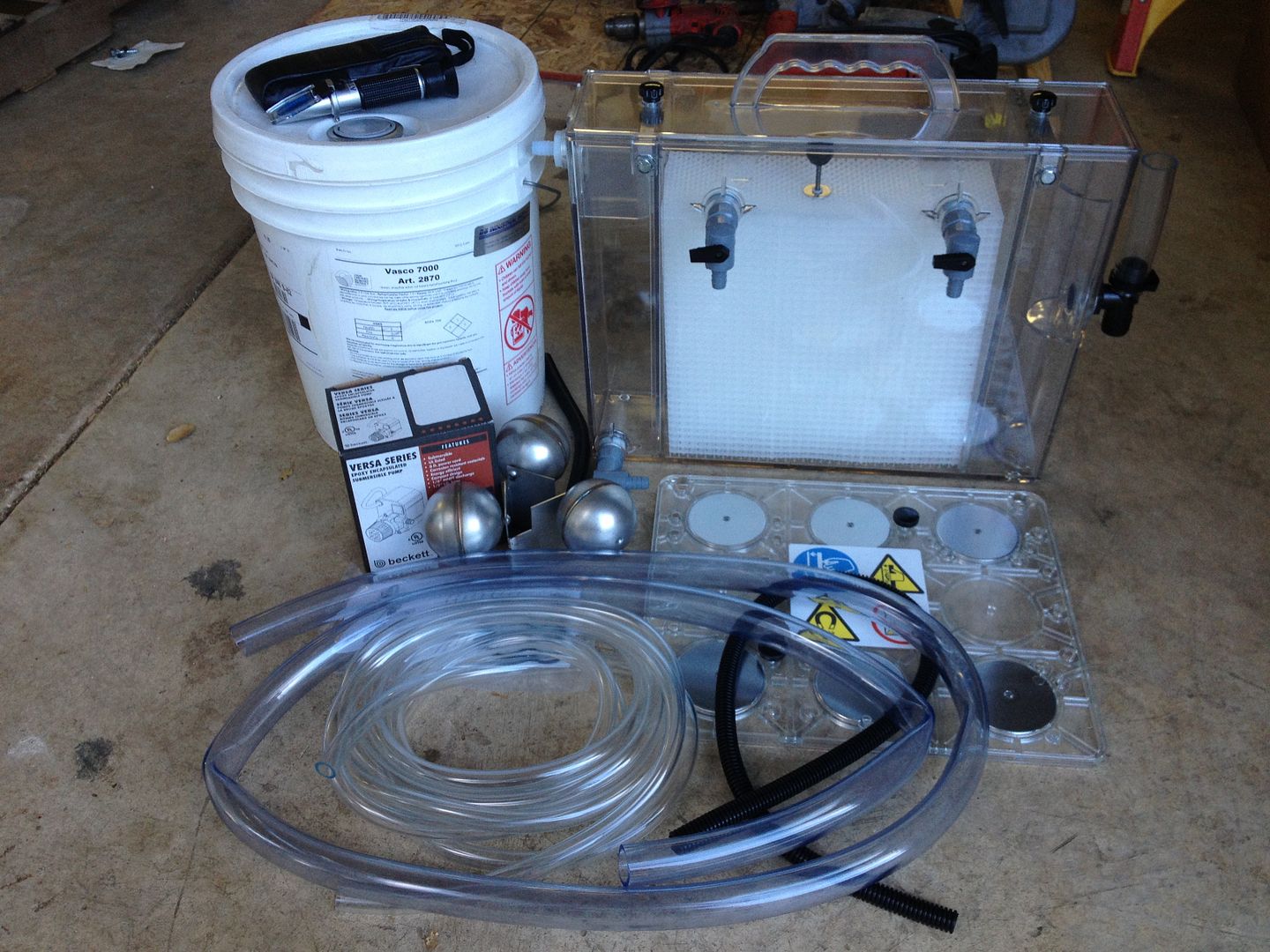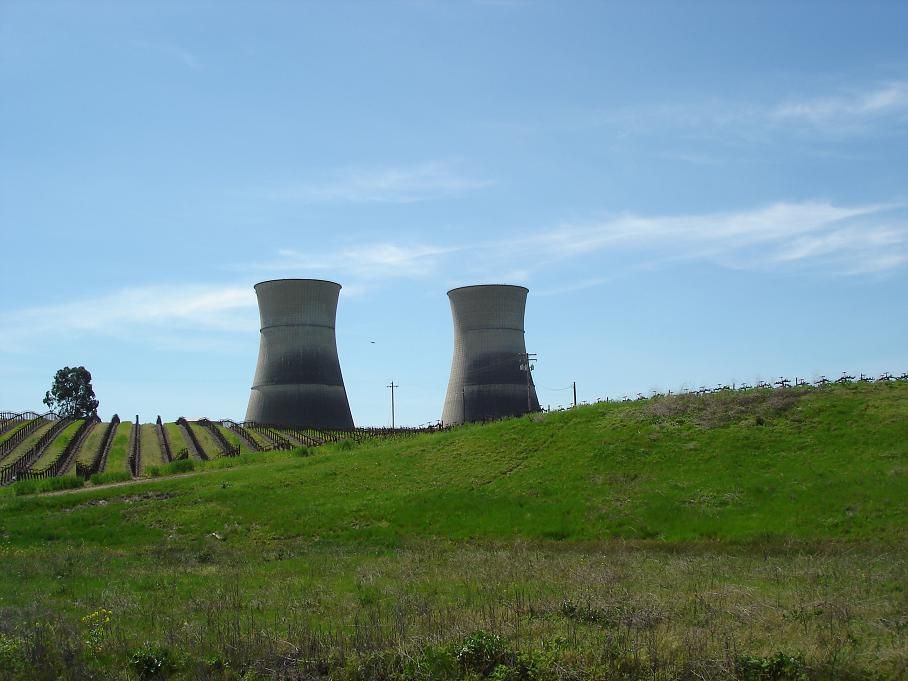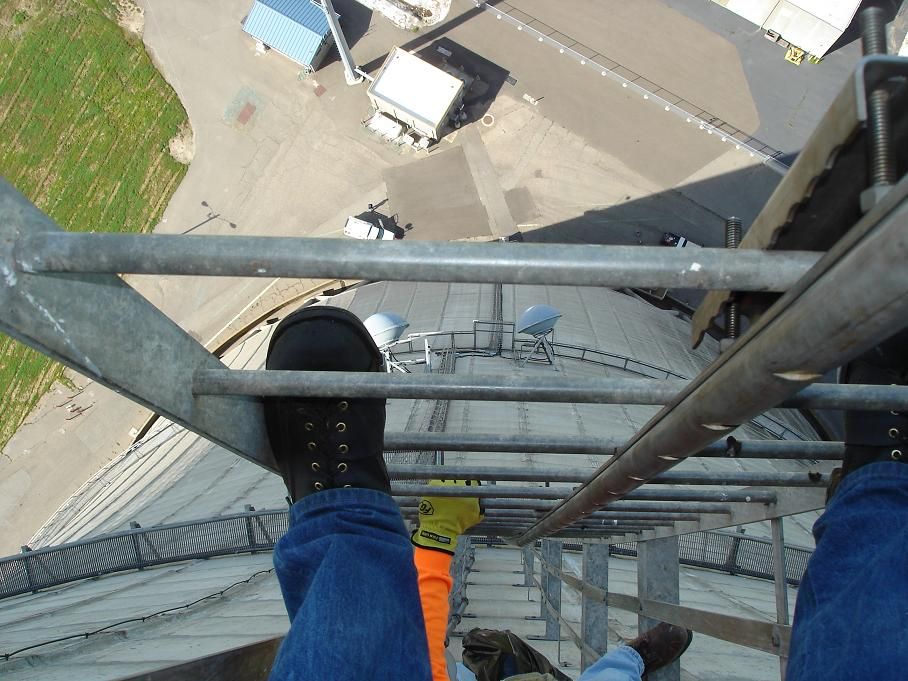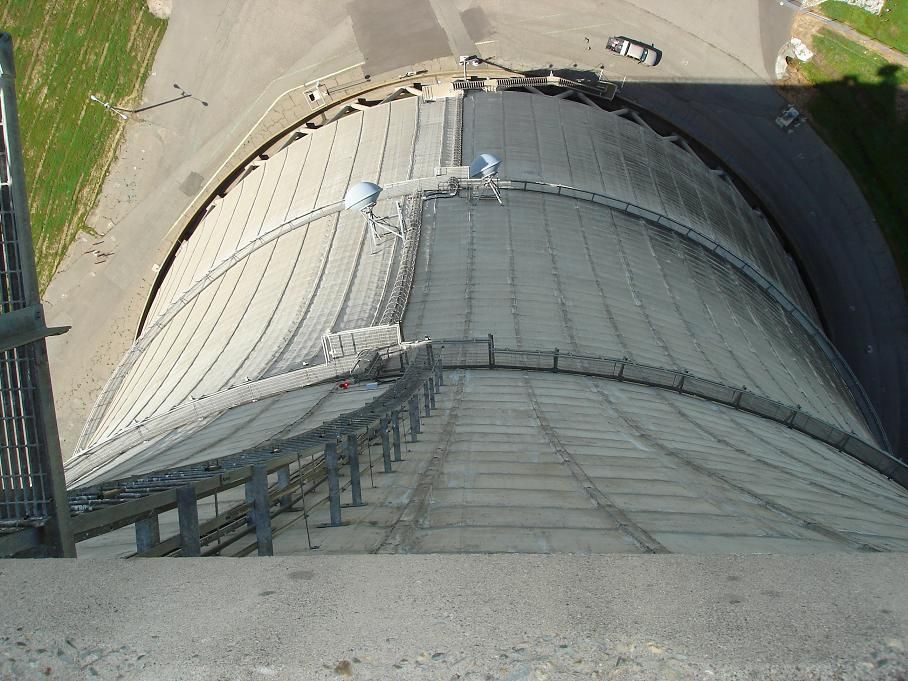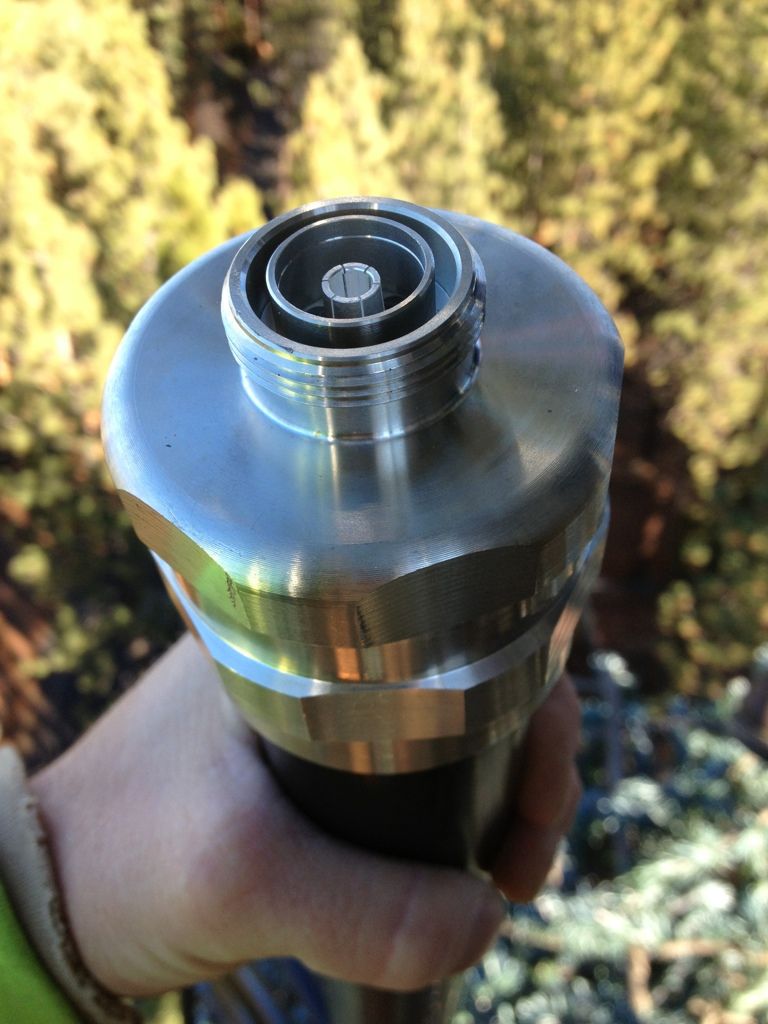This video gives me a hard on! I have never gotten to actually work on a bare hands crew out of a chopper, but as part of our apprenticeship, we spent two weeks training with high line. We all got to go up in a high line bucket and bug on to a 500KVA circuit before we could graduate. Very few people get that chance, and it's an awesome experience. At our company highline work is mostly done dead and grounded any more, even though we do have a couple of crews that are bare hands qualified.
Mikee, maintaining power plants is where I started back in 1987 fresh out of the military. I wish I would have been at the combined cycle units which ran Gas Turbines, but they didn't have many of those then like they do today. I had to work at the fossil and Nuclear units instead. That's why for the last 14 years I've been a distribution lineman.
Next time I fly into FLL, I'll PM you sir, beers, whiskey and seafood on Mikee - Blue Moon Seafood sound OK to you? I got sent to GT's as " please just work here for a couple years, then we will xfer you to steam turbines...." 22 years, never made to steamers, but was the GT czar for some time.
Closest I ever came to being on the electron side - we blew up a 138kv step-up transformer right outside my office window - green light thru the blinds.
Oh, and when my electrical/ops crew opened a disconnect on a operating unit - 250 MW @ 138Kv.
Oh, and when a GE contractor swung a crane into a hot 345kv bus - with 1500 MW of generation on it. Blew a crater 6' deep, 10' wide and welded a benjo ditch grate solid for fifty feet, until it found the plant ground grid. No one hurt - thought for sure, running to the sound ( set every car alarm off for a mile ) that there would be bodies everywhere. Not one scratch.
And..... William. Stuck his hand in a 7160 cable vault.....the first cable he touched, was hot. His wife, FIL and other family, all worked with us. RIP. His FIL was a good friend, we drank a lot whiskey and shot a lot of BS together, just about did him in, tough old German that he was.
Damn, I'm not the young kid anymore.....
Y'all be careful with this electricity stuff - as lethal as a loaded remington with a broke Jewelll. Get help if you need it - no second chances. OP - sorry for the hijack.
